Cooking with Plantains Tips from Central America
35 min read Learn Central American techniques for tostones, maduros, and more—how to choose, prep, and fry plantains, plus regional variations, serving ideas, and chef tips for perfect texture and flavor. October 15, 2025 18:07
The first time a plantain ever spoke to me, it wasn’t with taste. It was a sound. A low, steady sizzle, a faint patter like rain on tin, as pale green slices dropped into oil and exhaled steam. I was in a crowded kitchen on the Caribbean coast of Costa Rica, where the air smelled like coconut and bananas and freight ships. The cook—tall, hushed, eyes bright with concentration—pinched a piece between her fingers and let it fall; the oil bubbled with approval, then calmed. “Patacones,” she said, “need patience and hot oil, nothing less.” She taught me to press them gently with a wooden device worn smooth by a thousand breakfasts. In that moment, I understood: plantains are not just a staple; they are a language spoken across Central America. And like any language, their meaning changes with the ripeness of time, the temper of the fire, and the hands that shape them.
The First Sizzle: Meeting the Plantain in Central America

In Central America, the plantain is both a canvas and a storybook. Walk through Mercado Central in San José and you’ll find stacked pyramids of green plantains gleaming like polished stones; in La Ceiba, Honduras, they hang heavy on thick stalks, the vendor yawning at dawn as he sharpens his knife; in Antigua, Guatemala, women in huipiles lift maduro plantains, their skins mottled black and gold like jaguar pelts, checking for soft spots and perfume.
The plantain’s voice changes with color. Green plantains whisper starchy promise—firm, almost squeaky against the knife. They’re the architects of crunch, building patacones and tajadas, chips for ceviche, and those side-slice spears that prop up a plate of fried fish in Limón. As they ripen into yellow speckled with brown, their scent warms: honeyed, heady, with a soft, floral undertow. Cut them then, and the knife glides like a canoe through calm water. Fry them and sugar will caramelize into lace; roast them and you’ll taste warm custard with the structure of bread.
Every region has its own grammar of plantains—how thick to cut, how long to soak, whether to salt before or after. To cook with plantains well is to travel without moving: each technique carries the taste of a coast, a village, a grandmother’s kitchen stained with annatto and steam.
A Brief History on a Well-Traveled Fruit
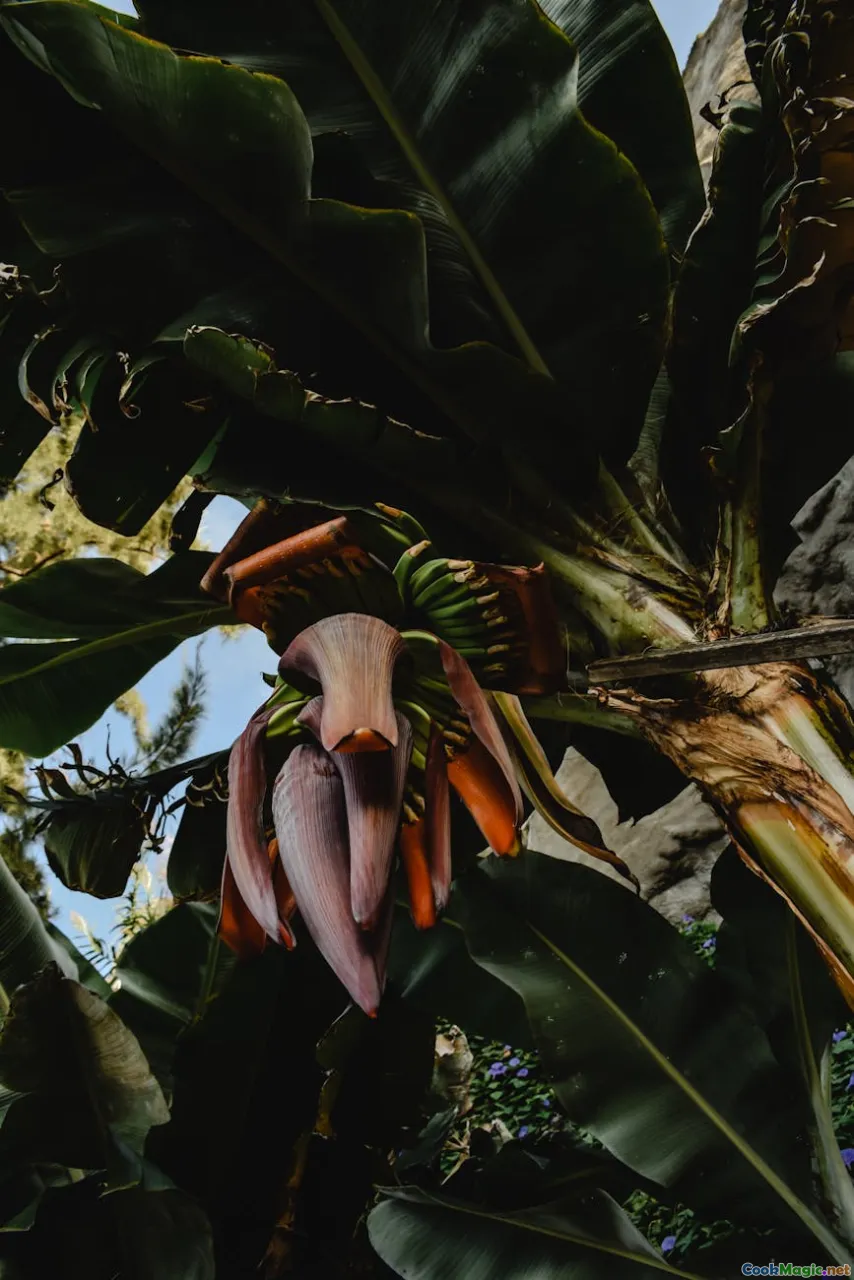
Plantains likely arrived in Central America across the Atlantic, part of the tangled history of trade, colonization, and survival. They found a second home in the tropics, where rain falls generous and the earth has no patience for brittle plants. Plantains thrived, and people folded them into daily life quickly and thoroughly: green for stretching a pot of beans across a week, ripe for sweet breakfasts and church-fair snacks.
On the Caribbean coasts of Guatemala, Belize, Honduras, Nicaragua, Costa Rica, and Panama—the Garífuna heartlands—you’ll find plantains intertwined with coconut milk and the rhythms of punta music. On the Pacific side, where markets smell like woodsmoke and avocado leaves, plantains still sit next to poblano peppers and masa, a dependable anchor for beans and pork stews. Plantains cross boundaries quietly. They are in the home kitchens of San Salvador apartments and tucked into street stalls in León, where a grandmother will tell you the way her mother sliced tajadas—always at a diagonal, “para que crujan bonito,” so they crisp beautifully.
Think of them as the steady friend who shows up with salt when your soup is bland. They’re an old soul in a new world, and every frypan in Central America knows their name.
Choosing the Right Plantain: Color, Feel, and Purpose

The rule of thumb: green is savory and structural, yellow-to-brown is sweet and melting. But the real test is feel and smell.
- For patacones/tostones (twice-fried discs): Choose firm, green plantains with matte skins. Heavier fruit signals more starch and less water. If the peel squeaks under your nail, you’re good.
- For tajadas (thin fries): Also green, but slightly less firm is fine if you plan a quick fry.
- For maduros (sweet fried plantains): Look for skin with many black spots or entirely blacked out; the plantain should feel soft but not collapsing. When you cradle it, it should perfume your hand with a warm banana scent and a hint of molasses.
- For mash (machuca or fufú): Either green or a mix of green and yellow, depending on whether you want a savory dumpling texture or a sweeter mash.
Pro tip from a vendor in Estelí, Nicaragua: If you’re storing green plantains, hang them by the stalk to slow ripening and improve airflow. If you want them to ripen faster, tuck them in a paper bag with an apple and leave them somewhere warm—ripeness by morning is not uncommon.
Knife Work and Prep: How to Cut for Every Dish
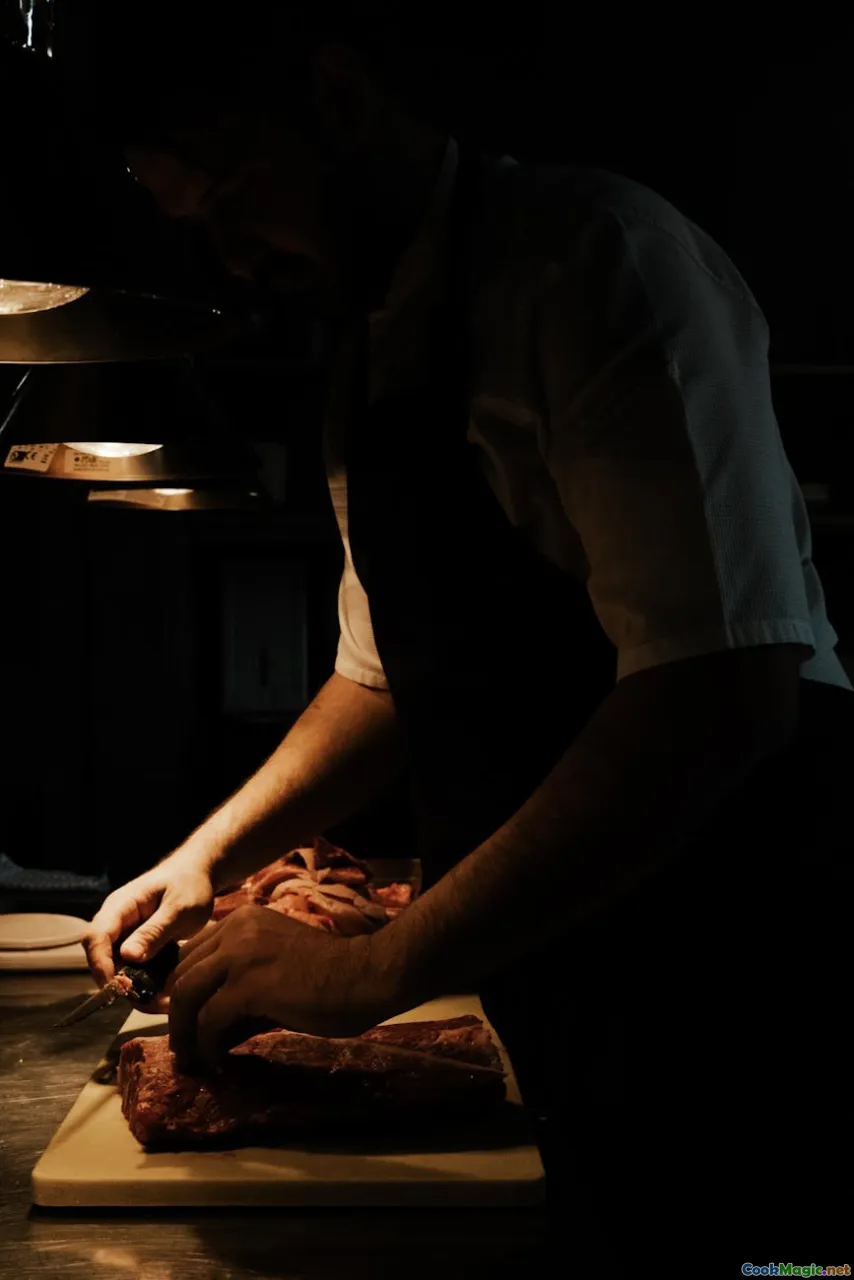
Shape changes texture. The way you cut a plantain decides what kind of crunch or tenderness you’ll get.
- Discs for patacones/tostones: Peel the green plantain by snipping the ends, scoring the peel lengthwise in three or four shallow cuts, and prying back with your thumb. Slice 1-inch thick coins on a slight bias to give more surface area when flattened.
- Long planks for tajadas: Use a mandoline or a sharp knife to cut lengthwise 1/8-inch slices. Slightly thicker (1/4-inch) gives a sturdy fry perfect for dipping in curtido or natilla.
- Diagonal ovals for maduros: Cut yellow-black plantains at a diagonal about 1/2 to 3/4 inch thick; this maximizes caramelization.
- Chunky batons for sancocho or soups: 2-inch chunks hold their shape when simmered.
- Mash-ready: For machuca, boil or steam peeled chunks until a fork slides in with only a bit of resistance, then pound in a wooden mortar with a splash of oil or coconut milk.
A cook in Puerto Cortés showed me a small bowl of salty, garlicky water (agua de ajo) by the stove. He dropped just-pressed green plantain discs into this bath for 30 seconds before the second fry. “It wakes up the starch,” he said, “and seasons from the inside.” He was right. The tostones shone with a delicate, whisper-thin shell and a tender center, salty all the way through.
The Heat Matters: Frying, Boiling, Roasting, and Mashing

Plantains can be unforgiving if you underheat or overheat the oil. Treat heat like an ingredient.
- Frying green plantains: First fry low, around 300°F/150°C, until pale and just cooked through. Press. Fry again at 350–375°F/175–190°C until golden. Season immediately with fine salt.
- Frying ripe plantains: Go a little cooler, 325°F/160°C, and don’t rush. The sugars need time to caramelize without burning. Butter isn’t typical in Central America here—use neutral oil or a spoon of lard for flavor.
- Boiling: For soups and stews, simmer green plantain chunks 15–20 minutes until knife-tender. They will cloud the broth lightly and lend body.
- Roasting: Split ripe plantains lengthwise, score shallow diamonds on the flesh, smear with a little oil and a pinch of salt, and roast at 400°F/205°C until the edges frill and the centers loosen like pudding.
- Mashing: Pound boiled green plantain with salt and oil for savory dumplings; or combine ripe and green for a sweet-savory mash that pairs with coconut fish stew.
Each method modifies how starches gelatinize and how sugars brown. The first fry of a patacón cooks through the interior; the second fry drives off surface moisture and produces the brittle-glass snap we crave.
Regional Map of Flavor: From Garífuna to Tico Tables

- Honduras and Belize (Garífuna communities): Machuca (also called hudut when served with coconut fish stew) is mashed plantain, green or mixed, pounded to a springy texture. Patacones show up as dippers for sopa de caracol.
- Nicaragua: Tajadas—long, thin, golden slivers of green plantain—pile onto plates with queso frito and curtido. They’re feather-light and salty, made for crunch.
- El Salvador: Plátanos fritos con frijoles molidos y crema is a breakfast standard—sweet fried maduros, velvety black beans, and cool crema.
- Costa Rica and Panama: Patacones serve alongside ceviche or whole fried fish. In Limón, you’ll find them with rondón, that coconut-rich stew laced with Scotch bonnet.
- Guatemala: Rellenitos de plátano—mashed ripe plantain stuffed with sweetened black beans and sometimes cocoa—appear at fairs and church steps.
These are not museum pieces; they’re living traditions. Recipes change with what’s on hand and whose hands are cooking.
Tostones vs. Patacones vs. Fritos Maduro: Know Your Crunch

Terminology can tangle you. In much of Central America, patacones and tostones are interchangeable: twice-fried green plantain discs. The distinctions are more in thickness and seasoning than in definition.
- Patacones (Costa Rica, Panama): Often larger, sometimes flattened with a tostonera to saucer-size. Served with ceviche, chimichurri-like salsas, or natilla.
- Tostones (Honduras, Nicaragua): Typically smaller coins, crisped deeply and salted, perfect under a mound of stewed meat or curtido.
- Tajadas (Nicaragua, Honduras): Long, thin, single-fried strips, like plantain fries.
- Maduros or plátanos maduros: Ripe, sweet plantains, fried in shallow oil until edges char and sugars sing. The edge should crunch like brittle caramel before dissolving into custard.
The crunch you want determines how you cut and fry. Patacones want structure—with a center that yields a little. Tajadas are about surface area and lightness. Maduros are graded on caramel, not crisp.
Stories from the Comal: A Morning in Antigua and a Night in Limón
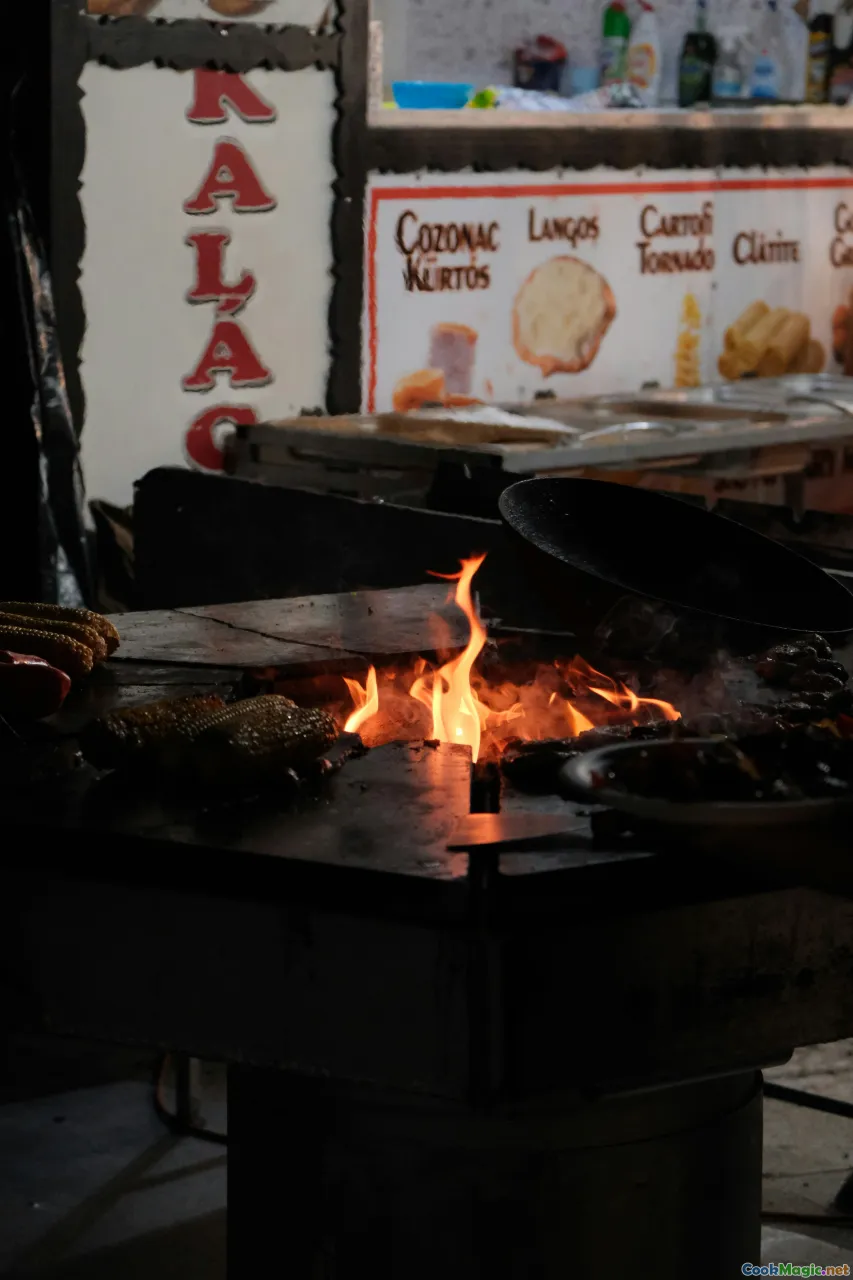
In Antigua, the morning air is full of volcanic smoke and coffee roasts. A woman on 7a Avenida Norte fries maduros on a comal that’s seen more history than I have birthdays. She slices on the bias so each piece curls a little in the oil, blushing gold with brown freckles. She sets them down on paper next to a ladle of frijoles colados—black beans blitzed into satin—and a spoon of thick cream, not too sour. One bite: the outside crackles, then you meet a soft, sweet center that tastes like banana custard and browned butter, even though there’s no butter. The beans hum with bay leaf. The cream cools your tongue. The morning opens.
That night in Limón, the sea air chewed at the walls. On a corner, under a single flickering bulb, a man with hands like oars dropped pale green discs into oil. He pressed them with a battered tostonera, dunked them in garlic-salt water, and sent them back to the heat. He brushed them with a paint of annatto and oil, sprinkled flaky salt, and handed me a paper boat with ceviche—tilefish kissed with lime and cilantro. The patacones were so crisp they rang when I tapped them with a fork. I ate them standing up, lime juice running down my wrist, the ocean’s wet breath on my neck, the night insects sounding like old radios.
Pantry Partnerships: What Loves Plantains

Plantains are generous partners. Stock your pantry with:
- Acids: Limes, sour orange, cane vinegar. Acid tightens sweetness and refreshes fried edges.
- Dairy: Natilla (Costa Rican sour cream), mantequilla hondureña (a tangy, pourable cream), queso seco, queso fresco. Dairy cools heat and soothes salt.
- Aromatics: Garlic, scallions, cilantro, epazote (for beans), culantro coyote if you can find it.
- Spice: Black pepper, allspice, annatto (achiote), cumin. Scotch bonnet for Caribbean edge.
- Staples: Black beans, red beans, rice, coconut milk, yuca.
At lunchtime in Granada, Nicaragua, I watched a cook tuck tajadas into a plate of vigorón—yuca with curtido cabbage and chicharrón. She didn’t plan it, she just knew: starch on starch, crunch welcoming softness, vinegar brightening fat. Plantains listen to other ingredients and know how to harmonize.
Sauces and Sides: Cebollas Encurtidas, Chimol, and Mantequilla/Natilla
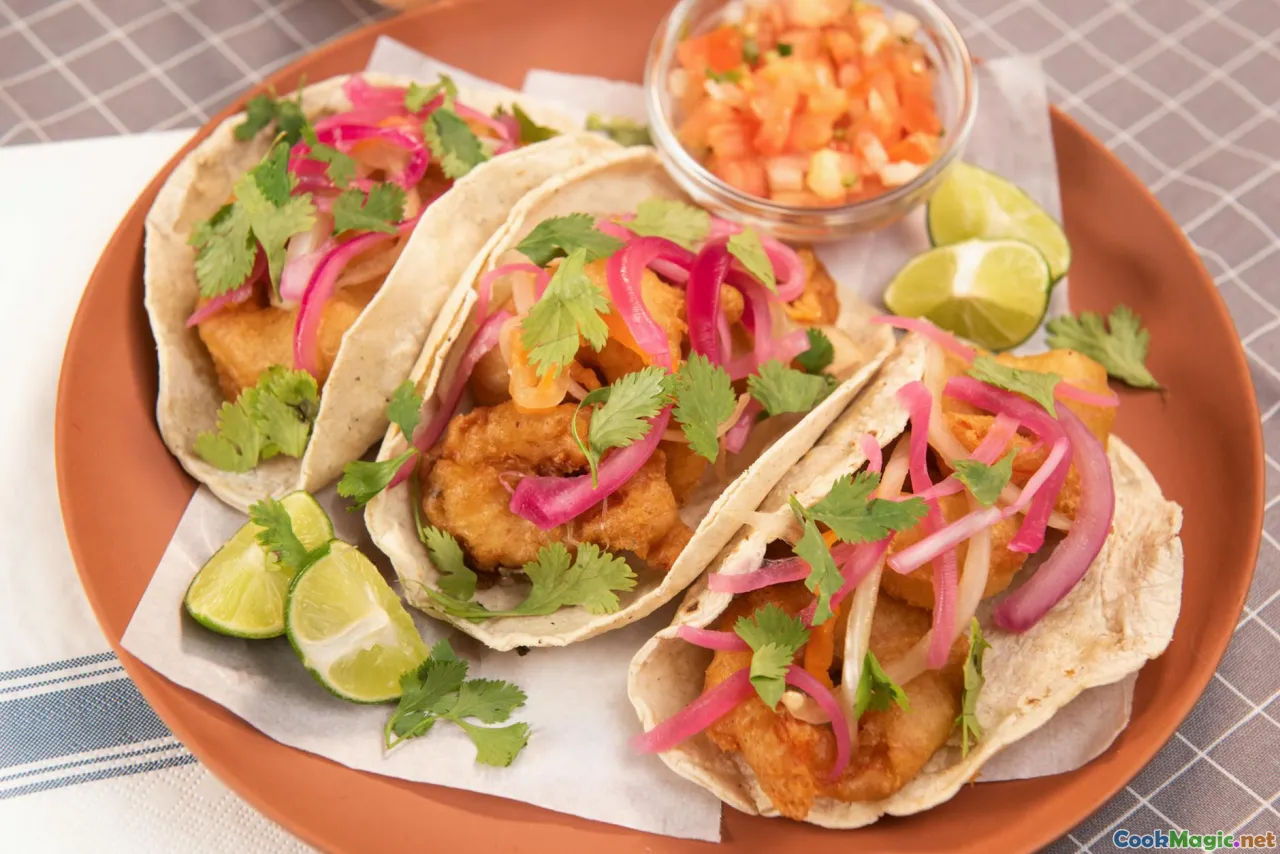
Sauces are not decoration here; they’re strategy.
- Cebollas encurtidas (Honduras/Nicaragua): Thin red onion slices massaged with salt, doused in lime and a touch of vinegar, maybe a pinch of oregano. They turn vivid magenta and taste like electric rain. Spoon on patacones.
- Chimol (El Salvador): Tomato, onion, cilantro, lime, sometimes green bell pepper—diced fine. It’s a salad-salsa hybrid that chunks rather than drips. Perfect on tostones.
- Mantequilla hondureña/Natilla: Pourable, tangy dairy that clings to hot plantains and melts upward into steam. Season with a tiny pinch of salt and white pepper.
- Culantro-lime mayo: Not traditional everywhere, but in small coastal carts I’ve seen cooks whisk mayo with chopped culantro coyote, lime, and a whisper of Scotch bonnet.
The right sauce can turn a patacón into a plate, a snack into a meal.
Technique Spotlight: Twice-Fried Perfection with Science

Double-frying green plantains isn’t folklore; it’s physics.
- Gelatinization: The first fry takes the plantain’s starch granules through gelatinization—around 150–180°F/65–82°C—softening the interior so it can be smashed without cracking. Keep oil around 300°F/150°C so you cook through without browning.
- Pressing: Pressing increases surface area and reduces internal water. More surface area means more points for crust to form; less water means less steaming and more crisping.
- Second fry: At 350–375°F/175–190°C, surface sugars (even in green plantains there are some) and naturally present amino acids perform Maillard reactions. Browning develops at the microbubbles where moisture escapes; maintaining temperature prevents sogginess.
- Seasoning: Salt immediately. As the plantain cools, steam escapes, pulling dissolved salt into the pores of the crust. Wait too long, and salt sits on the surface rather than penetrating.
A tostonera (press) helps, but a flat-bottomed glass or two cutting boards works. Dip the pressing surface in oil or water to prevent sticking. And don’t crowd the pan; temperature crashes are the enemy of crisp.
Sweet Paths: Dessert Plantains Across Central America

Ripe plantains are the dessert you didn’t know you were missing. Their sugars, when coaxed by gentle heat, produce flavors like caramelized honey, dates, and browned butter.
- Plátanos en tentación (Panama): Ripe plantains simmered in panela or brown sugar with cinnamon and clove, sometimes a whisper of orange peel. The syrup thickens into gloss; the plantains become satin.
- Rellenitos (Guatemala): Mashed ripe plantain stuffed with sweetened black beans and sometimes cacao nibs, then shallow-fried until crisped and dusted with sugar. They smell like chocolate cake meeting Sunday beans.
- Maduros asado con queso (Nicaragua/Costa Rica): Roast ripe plantains split open, then nestle a strip of salty cheese inside—queso fresco or queso seco—letting it soften but not melt away. A drizzle of honey is optional but wise.
Don’t overthink dessert plantains. Heat plus ripe fruit plus a pinch of salt is often enough.
Street Food Wisdom: Buying, Haggling, and Learning from Vendors
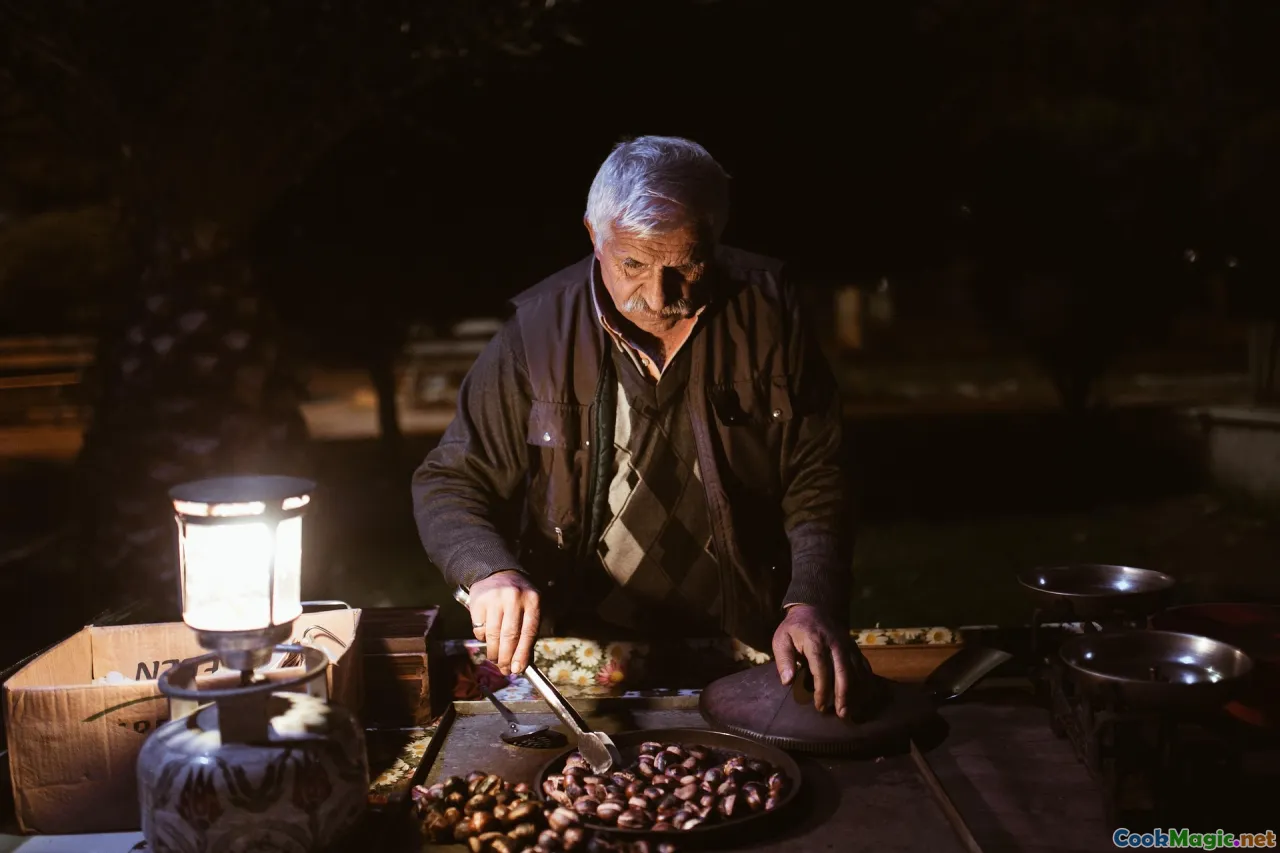
Vendors know plantains like fishermen know tides. A few lessons I keep:
- Ask for “para patacón” or “para maduro,” and watch the vendor choose by color and firmness without breaking eye contact. They’ll test ripeness at the stem end, where sugar converges.
- Don’t haggle hard. A handful of coins is the difference between green and gold in some weeks. Buy an extra plantain and the vendor will tell you where the best fish cart parks on Thursdays.
- Pay attention to oil management. Street cooks who make the best patacones skim debris between batches and refresh oil. Old oil darkens and leaves bitter notes on the crust.
- Watch the press. Some use a tostonera lined with plastic; others fold a heavy bag around slices before pressing. The trick is always the same: even pressure, no tearing.
Buy plantains where they are heavy for their size and where there’s turnover. The faster they sell, the fresher your fruit.
Troubleshooting: Greasy Tostones, Mushy Maduros, Burnt Edges
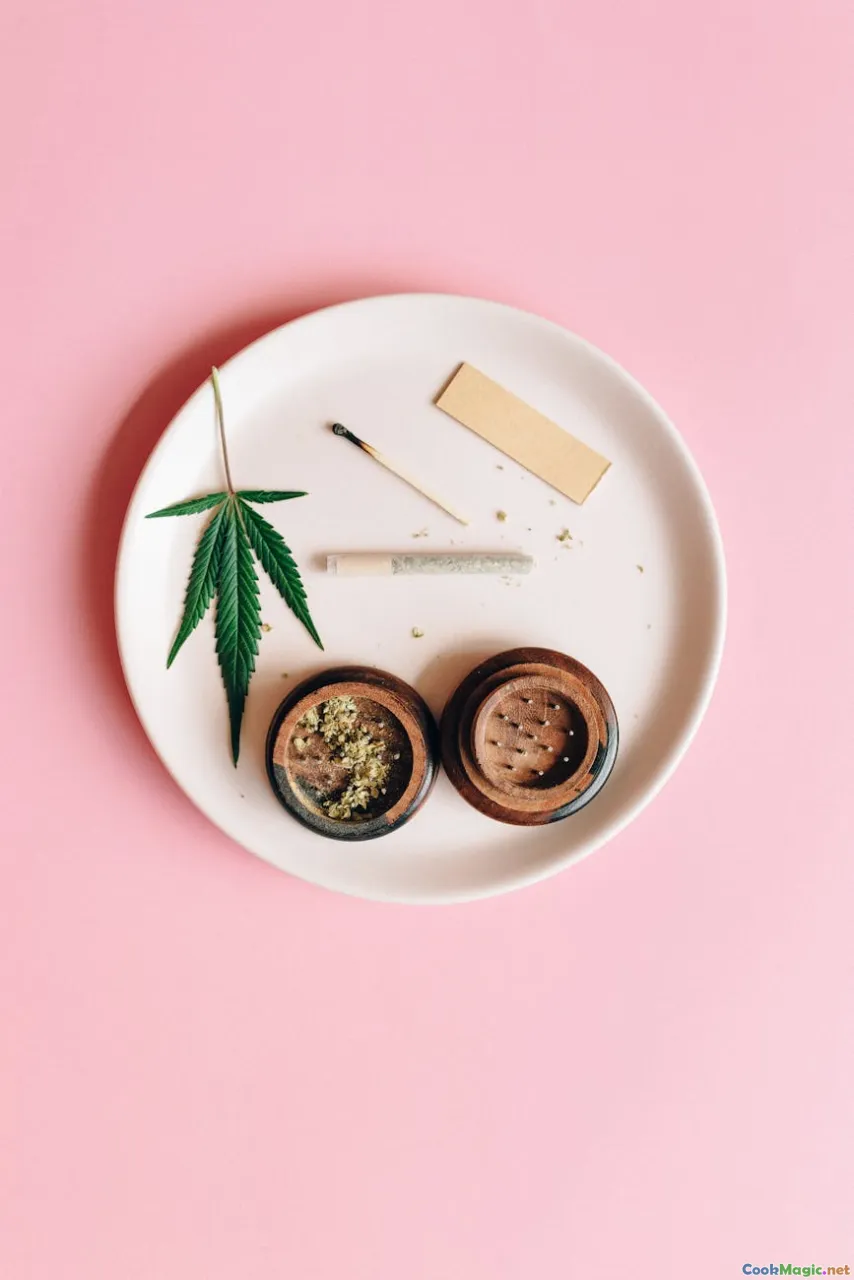
- Greasy tostones: Your oil was too cool, or you pressed before the interior cooked through. Keep a thermometer; aim for 300°F/150°C first fry, 350–375°F/175–190°C second fry. Drain on a rack, not just paper towels.
- Mushy maduros that won’t caramelize: Either the plantain was underripe, or the oil was too cool. Let them ripen until the skin is mostly black. Fry at ~325°F/160°C in shallow oil; flip once.
- Burnt edges, raw centers: Your slices were too thick or crowding the pan dropped the temperature. Fry in batches; adjust thickness.
- Tearing during pressing: You didn’t cook long enough in the first fry, or your pressing surface was dry. Dip press in oil or salted water first.
Good plantains are forgiving, but timing and temperature are the difference between a good snack and a great one.
Recipe: Honduran Baleadas with Patacones and Mantequilla

A plate that speaks both flour and fry: soft baleadas filled with beans and eggs, plus a side of patacones for crunch and dipping.
Ingredients (serves 4):
For the baleadas:
- 4 large flour tortillas (homemade if you can, thick and pliable)
- 2 cups frijoles refritos (Honduran-style, with a hint of cumin)
- 4 eggs, scrambled softly
- 1/2 cup crumbled queso fresco
- 1/2 cup mantequilla hondureña (or natilla)
- Salt and black pepper
- Hot sauce (optional)
For the patacones:
- 3 green plantains
- Neutral oil for frying
- 1 cup salted garlic water (1 cup water, 1 tsp salt, 1 small clove garlic, smashed)
- Fine salt
Steps:
- Make the patacones base: Peel and slice the plantains into 1-inch discs. Heat oil to 300°F/150°C. Fry in batches 5–7 minutes until pale and just tender. Drain.
- Press: Place each disc between pieces of oiled parchment or a plastic bag and press with a tostonera or glass to about 1/3-inch thick.
- Second fry: Raise oil to 360°F/182°C. Dip pressed discs in the garlic-salt water for 15–30 seconds, pat briefly, then fry 1–2 minutes per side until golden and audibly crisp. Drain on a rack, salt immediately.
- Warm tortillas on a comal until soft and lightly blistered. Spread with hot refried beans, add scrambled eggs, sprinkle queso fresco, and finish with a spoon of mantequilla. Fold in half.
- Serve baleadas with a mound of patacones and extra mantequilla. A side of cebollas encurtidas is perfect.
Notes: The contrast should be complete—pillowy tortilla, silky beans, and the bright crack of patacones dipped in tangy cream.
Recipe: Nicaraguan Tajadas con Queso Frito

This is a roadside staple that feels like a festival. Thin, crisp tajadas piled high, crowned with fried cheese and curtido.
Ingredients (serves 4):
- 3 very green plantains
- Neutral oil for frying
- 8 ounces queso seco or queso para freír, cut into 8 planks
- Fine salt
- Lime wedges
Curtido (quick):
- 2 cups finely shredded cabbage
- 1/2 small red onion, thinly sliced
- 1 small carrot, grated
- 1/4 cup white vinegar
- Juice of 1 lime
- 1/2 teaspoon dried oregano
- 1/2 teaspoon salt
- Pinch of sugar
Steps:
- Make curtido: Combine cabbage, onion, carrot in a bowl. Add vinegar, lime, oregano, salt, sugar. Massage gently. Set aside 20 minutes.
- Slice tajadas: Peel plantains and slice lengthwise as thinly as possible using a mandoline (watch your fingers) or a knife.
- Fry: Heat 1 inch of oil to 350°F/175°C. Fry slices in batches 60–90 seconds per side until golden and crisp. Don’t crowd. Drain and salt immediately.
- Cheese: In a separate pan, sear cheese planks with a slick of oil until crusted and golden on both sides. The interior should soften without turning to liquid.
- Serve: Pile tajadas on a platter lined with banana leaves if you have them. Top with curtido and arrange hot cheese on top. Lime wedges on the side.
What you should taste: the clean salt of cheese meeting the vinegared crunch of slaw and the shy sweetness of green plantain’s starch.
Recipe: Rellenitos de Plátano Guatemaltecos
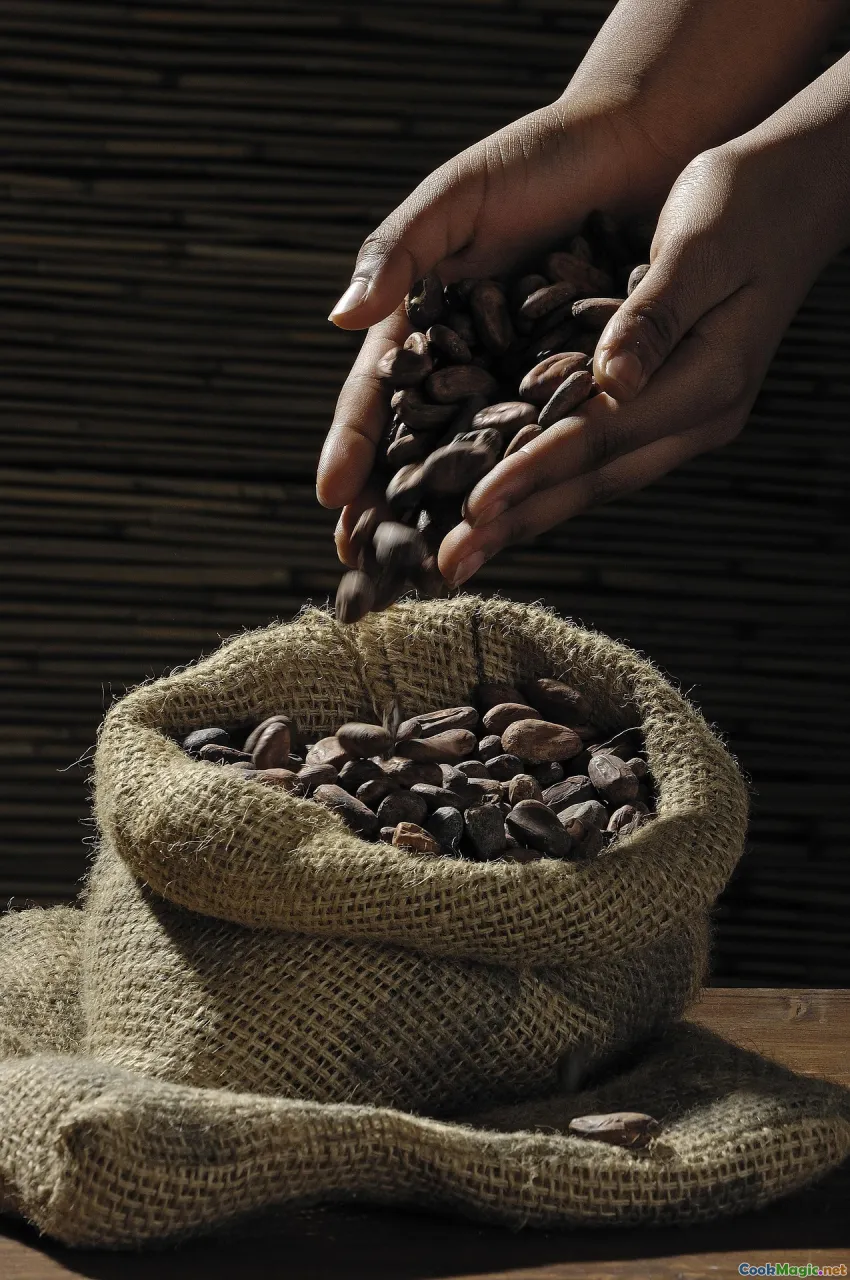
A fairground classic: sweet plantain dumplings with a black-bean heart, scented with cinnamon and cocoa.
Ingredients (makes 12):
- 4 very ripe plantains (skins mostly black)
- 1 cup cooked black beans, drained
- 2 tablespoons sugar (plus extra for dusting)
- 1 tablespoon unsweetened cocoa powder (optional but lovely)
- 1/2 teaspoon ground cinnamon
- Pinch of salt
- Neutral oil for shallow frying
Steps:
- Cook plantains: Peel and cut into chunks. Boil or steam until very soft, 10–12 minutes. Drain well and mash into a smooth paste. Let cool until handleable.
- Make filling: Mash beans with sugar, cocoa, cinnamon, and salt until thick and cohesive. Taste: it should be sweet, chocolatey, and a little earthy.
- Form: With wet hands, take a golf-ball sized portion of plantain mash. Flatten into a disc in your palm. Spoon a teaspoon of filling in the center, fold edges over, and shape into an oval or small torpedo. Repeat.
- Fry: Heat 1/2 inch of oil over medium heat. Fry rellenitos, turning gently, until browned and crisped in spots, about 2–3 minutes per side. Drain and dust with sugar while warm.
Eat them with coffee. The first bite is a surprise: the plantain jacket is delicate and sweet; the bean filling tastes like chocolate fudge with a savory echo.
Sustainability and Respect: From Finca to Frying Pan
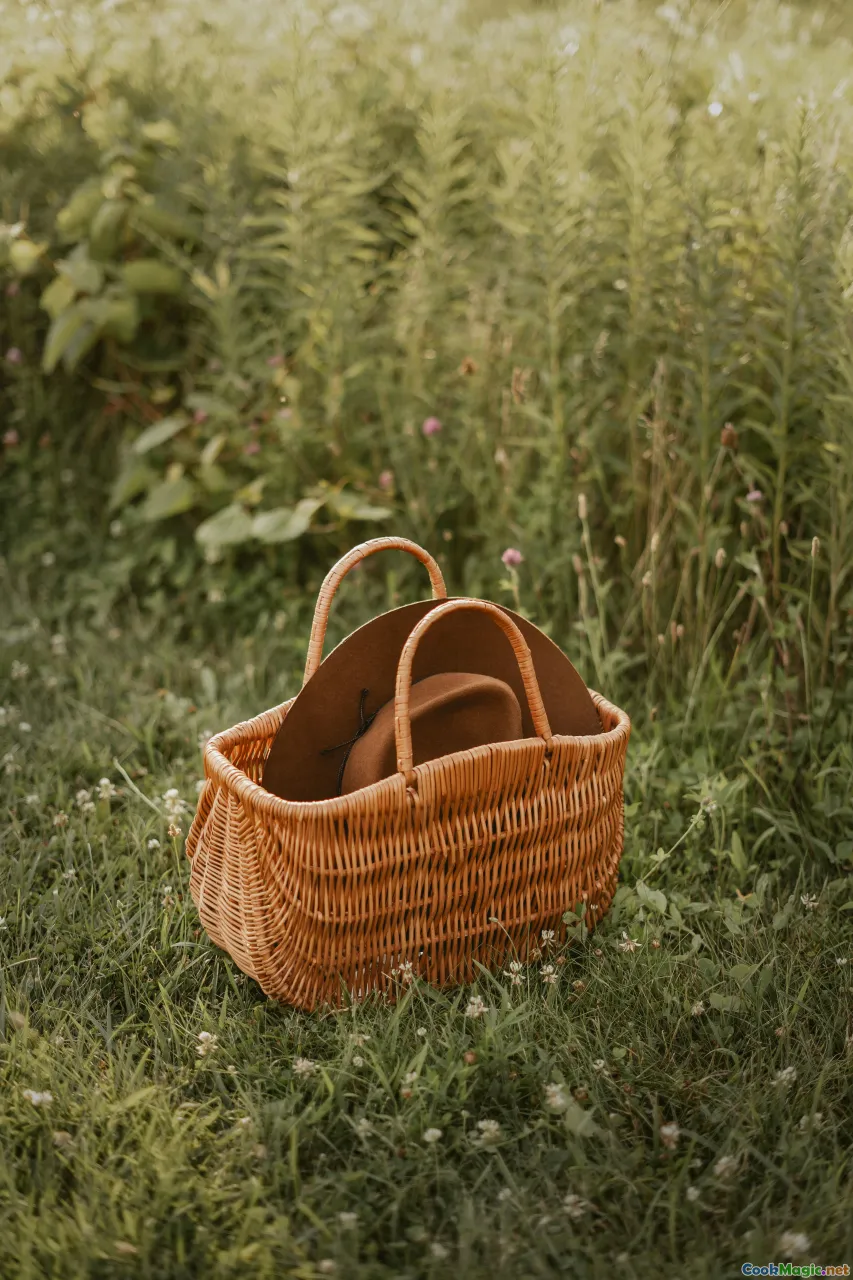
Central American plantains often come from small farms where labor is family and the field is classroom. Ask about the supply chain when you can. In open-air markets, talk to sellers about where their fruit comes from—many will tell you which finca stacked their stall that morning. If you see plantains with scars or uneven shapes, don’t shy away; the bruised-looking ones sometimes hide the best flavor for frying, because they matured on the plant, not in a warehouse.
Waste less by using peels for broth (washed well) or compost. When you slice longitudinally into peels to remove them, save those tough green skins— simmered with onion and garlic, they infuse stocks with a subtle earthy depth. Keep oil in good shape by straining between batches and storing cool; old oil is a flavor bully.
Respect also means cooking with intention. Plantains were woven into Central American cuisines by people making the most with what they had—stretching meals, celebrating sweetness without imported sugar, forging texture where none existed. When you fry a plantain, you’re borrowing a technique learned through repetition and need. Honor it with fresh oil, mindful heat, and enough salt.
Final Notes for the Home Cook: Courage, Salt, and Heat
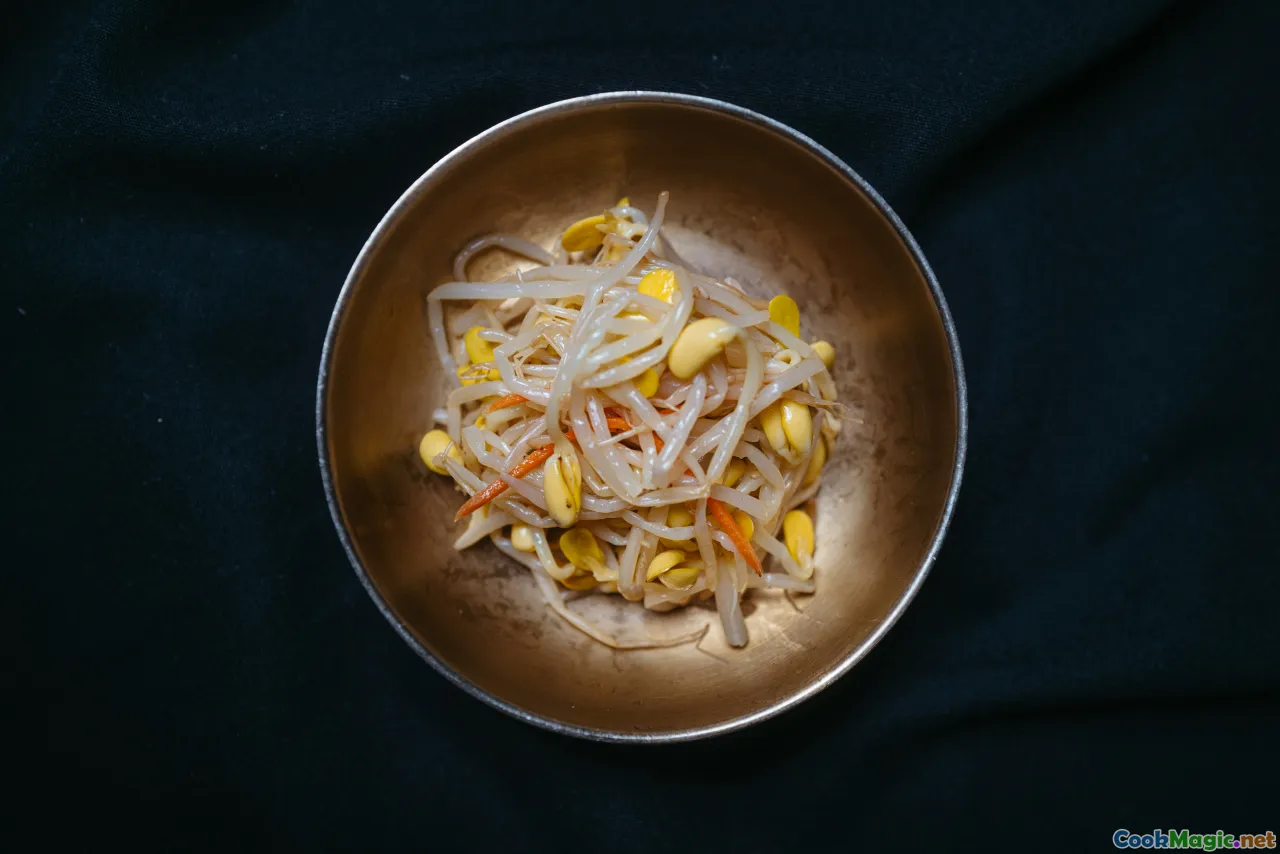
Start with green and ripe plantains side by side on your counter. Cook both in the same meal and let your tongue compare: the crisp, salty snap of patacones dipped in mantequilla versus the smoky sugar of maduros sliding under a spoon of beans. Notice the way your kitchen smells—the savory hum of hot oil, the banana-caramel perfume—and how the sound changes when the plantain hits the pan and then hushes as it settles. Use that sound as your guide.
- Don’t fear oil. Use enough so slices are buoyant, not scraping the pan. Keep the heat steady.
- Salt with confidence. Plantains need it to find their voice.
- Press evenly. If you don’t own a tostonera, improvise. Even pressure makes even crunch.
- Learn from people. Ask the vendor, listen to the woman at the bus stop, watch how the line cook strains his oil.
In Central America, plantains fix mornings, bulk up lunches, and sweeten evenings. They’re there when the pantry is thin and when there’s a party. They’re street-corner snacks and holiday desserts, comfort and celebration at once. If you let them, plantains will teach you what many cooks here already know: that good food is often just a matter of timing, patience, and the courage to listen closely to the sizzle. Then you salt, you squeeze a lime, and you pass the plate to someone you love.









